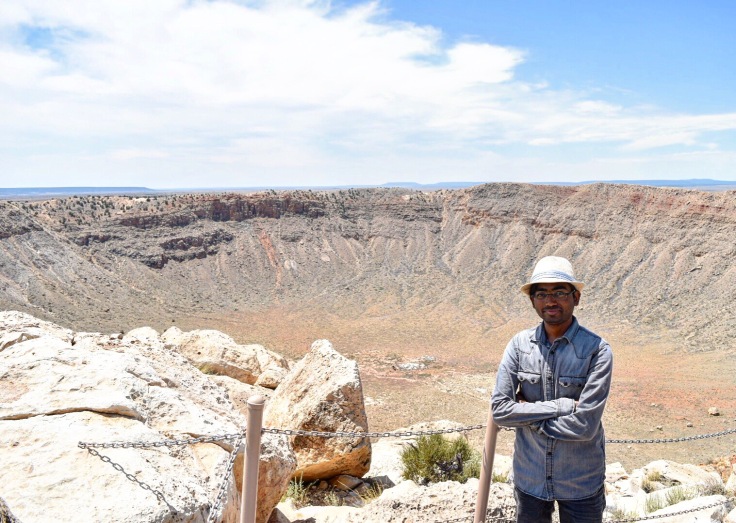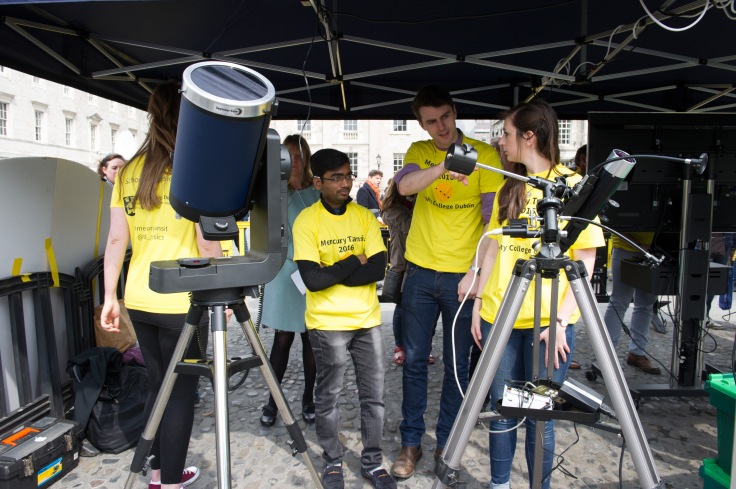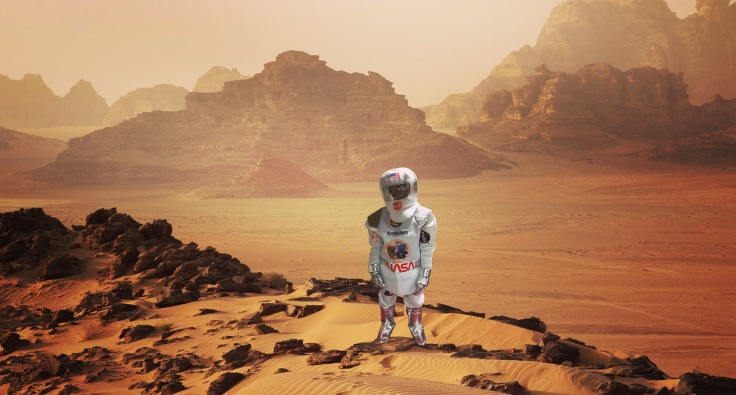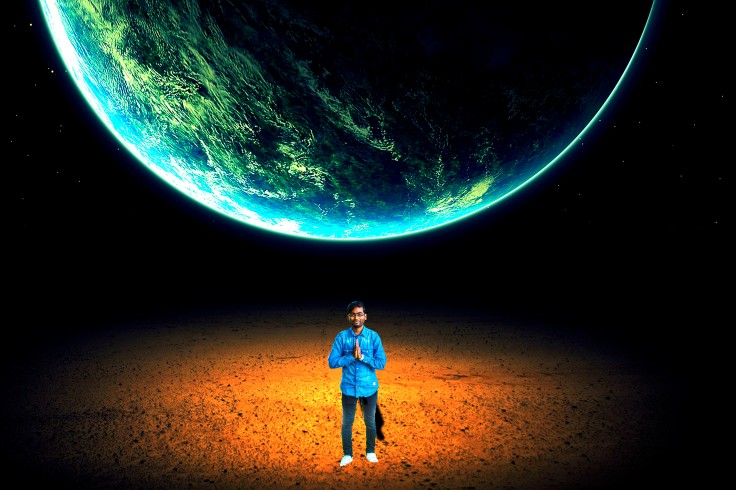Now Postdoctoral Research Fellow in School of Physics at Trinity College Dublin.
Website – www.ankitkverma.com

Email: vermaan@tcd.ie
When I’m not PhDing, I take pictures. Check out my 
PhD Research:
Title of Project: An investigation of the effect of impact processes on rock breakdown on Earth and Mars
PhD start: September 2014
Expected PhD submission: August 2018
Awards, Scholarships and Grants:
- Trinity Trust Travel Grant 2017
- American Geophysical Union Fall Meeting General Travel Grant 2017
- Department of Geography Postgraduate Travel Grant 2017
- Trinity College Dublin Association & Trust Grant 2017
- Department of Geography Postgraduate Travel Grant 2016
- Irish Geomorphology Group Travel Award 2016
- Geological Remote Sensing Group Student Travel Bursary 2016
- Trinity Trust Travel Grant 2016
- Europlanet 2020 Research Infrastructure Grant 2016
- International Association of Sedimentologists PG Grant 2016
- British Society for Geomorphology PG Research Grant 2016
- Department of Geography Postgraduate Travel Grant 2015
- Barringer Family Fund For Meteorite Impact Research 2015
- Department of Geography Postgraduate Travel Grant 2014
- The J.N. Tata Gift Scholarship 2014
- The Sir Dorabji Tata Trust Travel Grant 2014
- The J.N. Tata Endowment Scholarship for the higher education of Indians 2014
- Faculty of Engineering, Maths and Science, India (PhD) Scholarship, Trinity College Dublin 2014-2017
- Trinity Postgraduate Research Studentship Award 2014-2017
Project Summary: This work investigates the effect of the meteorite impact on rock breakdown on Earth and Mars. It uses a combination of field and laboratory approach to examine rock breakdown on impacted and non-impacted rocks of the same lithology exposed at Meteor Crater site in Arizona, USA.

Impact cratering is a geological process that affects all planetary bodies in our solar system. While several studies have investigated the morphology, structure, erosion, and degradation of the crater landform on Earth and Mars, relatively few have examined the inherited effect of the meteorite impact on subsequent rock breakdown. As rock breakdown is an important process that contributes to the evolution of landforms and sediments on many planetary bodies, it is important to assess the role of inheritance in the subsequent breakdown style and process of impacted rocks. Impacts are instantaneous events and the process has a catastrophic effect on the target geology and lithology. During impact, the petrophysical properties of rock may significantly change. Similar to other subaerial rocks, once exposed to the environment, impacted rocks are affected by rock breakdown processes. Environmental conditions and heterogeneities in rock properties exert an important control in rock breakdown. The focus of the proposed study is to understand how the inheritance from the impact process affects the subsequent breakdown of rocks at impact sites on Earth and Mars. This will be achieved through a combination of field and laboratory approaches to examine rock breakdown on impacted and non-impacted Moenkopi and Coconino Sandstone exposed at Meteor Crater site in Arizona. Rock samples collected from the Meteor Crater in Arizona will be characterized in the laboratory using X-ray Diffraction, Scanning Electron Microscope, and X-ray Computed Tomography techniques. Once characterized, a series of laboratory experiments on impacted and non-impacted rocks will be run in a simulated environmental cabinet under terrestrial and Martian conditions. The rock samples will be analyzed before and after the rock breakdown experiments to identify and quantify changes. This proposed research will advance the field of rock breakdown by providing insight into the influence of impact processes on subsequent rock breakdown processes.
My project involves field work at Meteor Crater in Arizona, lab analysis and lab experiments on rock samples collected from Meteor Crater site. I perform geochemical and petrophysical analysis on rock samples collected from Meteor Crater at Natural History Museum London and Department of Geology, TCD. I also run a series of rock breakdown experiments in simulated terrestrial semi-arid and Martian conditions at Oxford Rock Breakdown Laboratory under Professor Heather Viles.
This project is based in the Department of Geography, Trinity College Dublin with the lead supervision provided by Professor Mary Bourke and co-supervision provided by Dr Gordon Osinski and Dr Juan Diego Rodriguez-Blanco.

Professional membership:
- American Association of Petroleum Geologists
- Society of Exploration Geophysicists
- British Society for Geomorphologists
- International Association of Sedimentologists
- Irish Geomorphology Group
- International Association of Mathematical Geosciences
- Geological Remote Sensing Group
- SEPM (Society for Sedimentary Geology)
- The American Geophysical Union
- The Planetary Society
- The Mars Society
When I have time, I love doing public outreach. I think it is the best way to communicate science to the public and generate a spark to learn science in young minds.

Biography
As a child, I looked to the skies from intrigue and for answers and explanations. The notion of the existence of planets, moons, and possibility of extra-terrestrial life continues to fascinate me even today. I believe in the pursuit of new knowledge and I love working at the frontier of science, being the first ever to do something new, to try something out that no one else has ever thought of. This desire to know pervades my daily life – too much so according to some. I am an advocate and aficionado of Planetary Geology. Geology is my passion, working as Geologist is my profession. And of course it is my great lifelong love and fascination and I don’t expect that it’s ever going to change. I consider Planetary Geology is something for which I was born to study and research. My interest lies in studying the surface process in extreme environments on Planets and Moons. I am also interested in planetary volcanism and impact craters.
I went to school in Varanasi, India. I completed B.Sc. (Honours) Geology from the University of Delhi, India in 2014. I secured the second rank in the University of Delhi in my course. Throughout, my undergrad at the University of Delhi, I received high merit award three times and a scholarship. In 2012, I got joint summer research fellowship of Indian Academy of Sciences – Indian National Science Academy – National Academy of Sciences. I worked under Dr P. Senthil Kumar, senior scientist at National Geophysical Research Institute, Hyderabad, India for 8 weeks. My project title was Remote and field geological observation of planetary surface changes. I went to Lonar Crater for field study during this project. I have volunteered for many science projects as well as social causes. I was college ambassador for United Nations Rio+21 IYWC India Program in 2013-14.

Publications:
(In review)
- Verma A.K. and Bourke M.C. (2017). A Structure from Motion photogrammetry-based method to generate sub-millimetre resolution Digital Elevation Models for investigating rock breakdown in the field. Progress in Physical Geography.
Conference presentations:
- Verma A.K., Bourke M.C., Viles H., Osinski G., and Blanco-Rodriguez J.D. (2017). An experimental investigation of the effect of impact generated micro-deformations in Moenkopi and Coconino Sandstone from Meteor Crater, Arizona on subsequent weathering. American Geophysical Union Fall Meeting, New Orleans, USA.
- Cullen N., Verma A.K., Bourke M.C. (2017). Measuring shore platform erosion: A direct comparison between Structure from Motion Photogrammetry and the Transverse Micro Erosion Meter. Fifth Irish Geomorphology Group annual workshop. University College Dublin, Ireland.
- Verma A.K. and Bourke M.C. (2017). An in-situ Investigation of the Effect of Impact Processes on Rock Breakdown Using sub-mm Resolution DEMs at Meteor Crater, Arizona. International Conference on Geomorphology, New Delhi, India.
- Bourke M. C., Nash C., Cullen N., Verma A.K, (2017) The roughness of Ireland’s rock platforms. European Meteorological Annual Meeting, Dublin, Ireland.
- Verma A.K. (2017) A search for impact shock features in Moenkopi Sandstone from Meteor Crater, Arizona. Geography Postgraduate Symposium, Department of Geography, Trinity College Dublin.
- Verma A.K. and Bourke M.C. (2016). A photogrammetry-based method for morphometric analysis of rock breakdown forms near Meteor Crater, Arizona. Geological Remote Sensing Group 27th Annual Conference, London.
- Verma A.K. and Bourke M.C. (2016). A photogrammetry based approach to generate sub-millimetre resolution Digital Elevation Models for investigating rock breakdown in the field. Fourth Irish Geomorphology Group Annual Workshop, University College Cork.
- Verma A.K. (2016). An investigation of the effect of the meteorite impact on rock breakdown at Meteor Crater, Arizona. Geography Postgraduate Symposium, Department of Geography, Trinity College Dublin.
- Verma A. (2015). Rock Breakdown on Earth and Mars. Geography Postgraduate Symposium, Department of Geography, Trinity College Dublin.
School of Natural Science Lightning Talks:
- Verma, A. (2016). An innovative approach to interpreting rock surface texture.
- Verma, A. (2014). Why Explore Mars: Geological perspective.
Public outreach:
- Dublin PubhD. Can you explain your PhD in the pub? March 1, 2017.
- Mercury Transit outreach with Astrophysics Group in Trinity College Dublin. May 9, 2016.
- Solar Eclipse outreach with Earth and Planetary Surface Processes Group at The Children’s House School Stillorgan, Dublin. March 20, 2015.



Leave a comment